Numerous productivity websites and books keep repeating this. "A second monitor can help you increase your productivity by up to 50% and make you happier when working with your computer," Lifewire, for example, writes in its article, and it is far from the only site that points to the benefits of an external monitor connected to a laptop. But does it make sense to turn a laptop, which one bought for its portability and small dimensions, into a desktop computer? Yes he has. I tried it.
It could be interest you
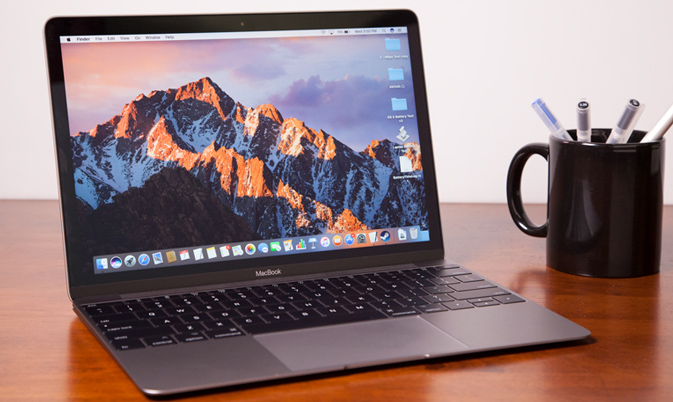
Who still uses a desktop computer?
At first, I didn't pay much attention to this tip for more efficient work. "I chose the MacBook Air 13 because it is thin, light, portable and has a large enough screen. So why pay for another monitor that will just take up space on my desk?” I asked myself. Desktop computers are no longer seen as often as they used to be and, for completely logical reasons, are increasingly being replaced by portable variants. I kept looking for the point of an external monitor in vain. However, after I came across this "lifehack" for the third time and found out that a relatively high-quality monitor can be purchased for three thousand, I decided to try it. And I certainly do not regret this step.
It really works better
As soon as I connected my apple laptop to the new 24 inch monitor, I discovered the beauty of the big screen. It never occurred to me before, but now I see how small the screen on the MacBook Air is. The large display allows me to have several applications open at the same time in a sufficient size, thanks to which I no longer have to constantly switch windows. Even though switching screens or apps on a Mac is very efficient, there is no way to replace the comfort of a large screen. In this way, everything is suddenly sufficiently large and clear, browsing the web is much more pleasant, not to mention editing photos or creating graphics. The indisputable advantage of a large monitor is also the display of documents, photos or websites for side-by-side comparison. I immediately understood that at studies, which the New York Times also mentioned and which claimed that the second display is capable of increasing productivity by 9 to 50%, something will happen.
Two possibilities of use
Combination of two displays
I often use the MacBook Air screen in combination with an external monitor, which gives me almost three times the display area compared to using a laptop alone. On the Mac, I can then have one application open, such as messages or mail (if, for example, I'm waiting for an important message) or anything else, while I can still do my main work on the big monitor.
One big display
Another option is to use only the large monitor with the laptop closed. The main advantage of this method is that it can save you a lot of desk space. However, so that you can only use an external monitor, it is MacBook must be connected to power and own a wireless keyboard, trackpad or mouse.
How to connect a monitor to a MacBook?
Connecting an external monitor to your MacBook is very easy. All you need is the monitor itself with a power cable and a cable to connect the screen to the MacBook (or reducer). For example, the monitor I bought already included an HDMI connection cable. So I bought an HDMI-Mini DisplayPort (Thunderbolt) adapter, which allowed me to connect the screen to the laptop. If you own a newer MacBook with USB-C, there are monitors that directly support this connector, or you will have to reach for an HDMI-USB-C or VGA-USB-C adapter. After connection, everything is set automatically, possibly the rest can be fine-tuned in Settings - Monitors.
Although the benefits of a large display seem obvious, they are overlooked by many today. Since I tried my MacBook Air in combination with an external monitor, I only use the laptop alone when traveling or when it's simply not possible otherwise. So if you don't have a large monitor yet, try it. The investment is minimal compared to the benefits a large screen will bring you.
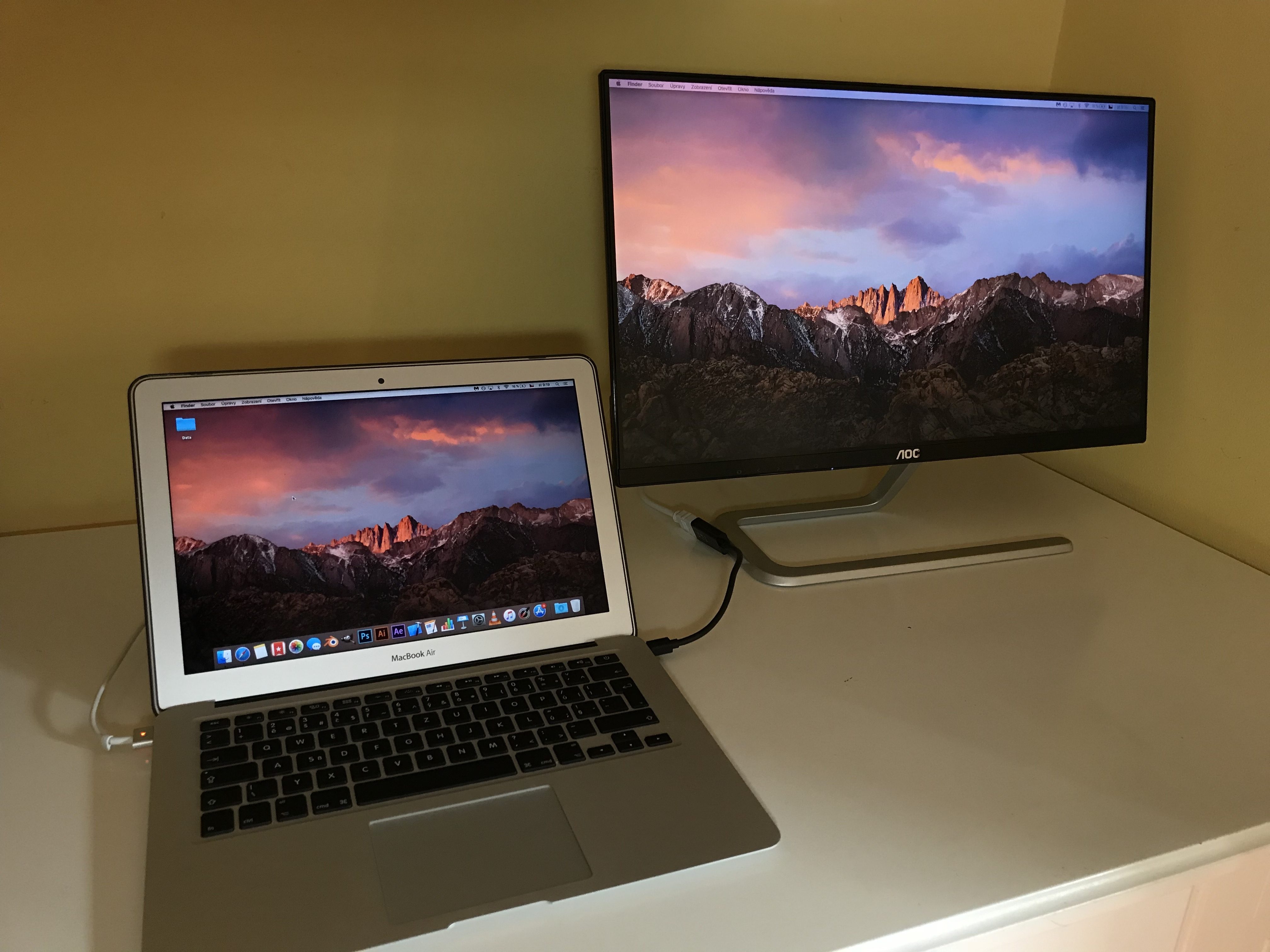
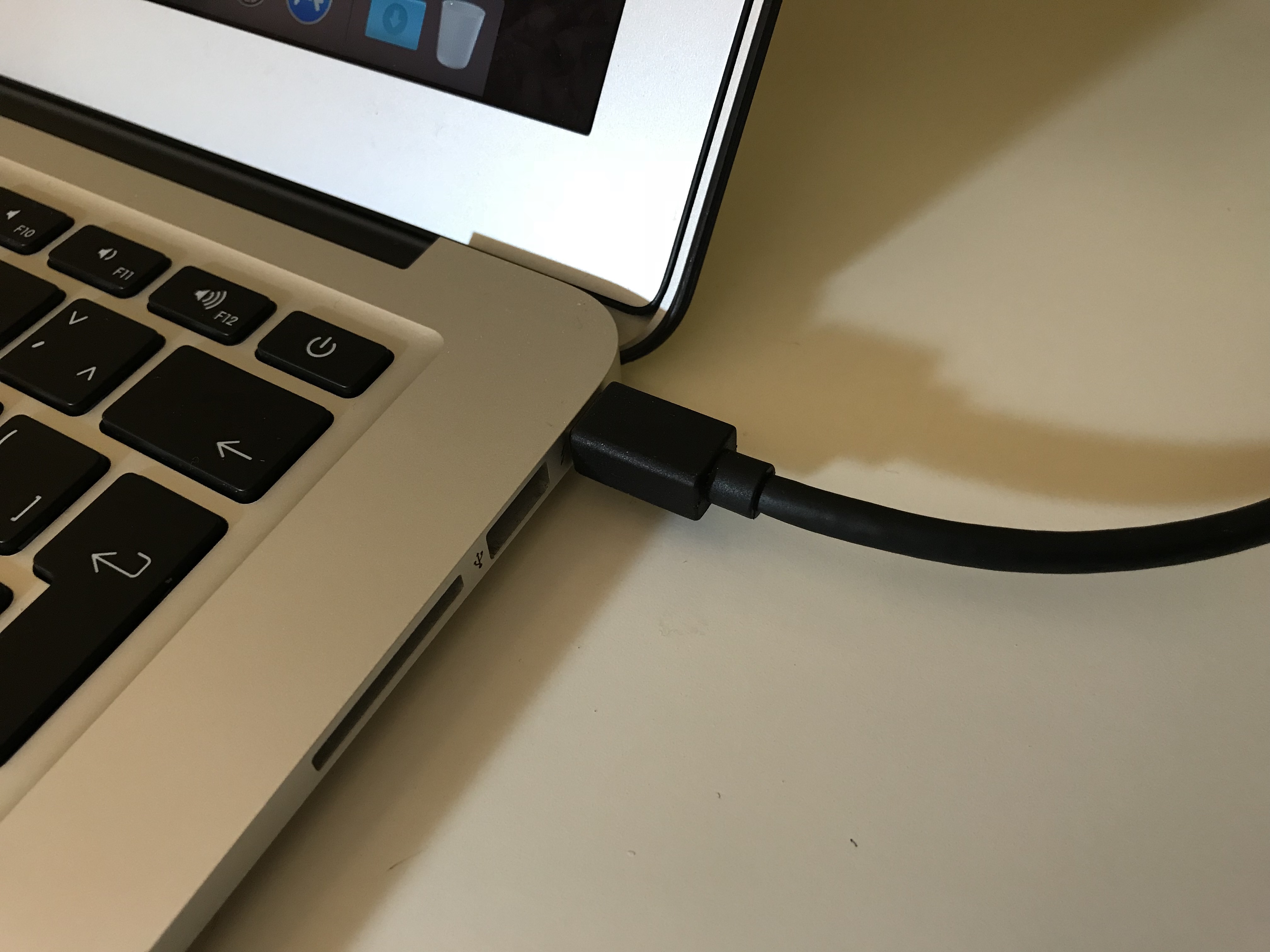

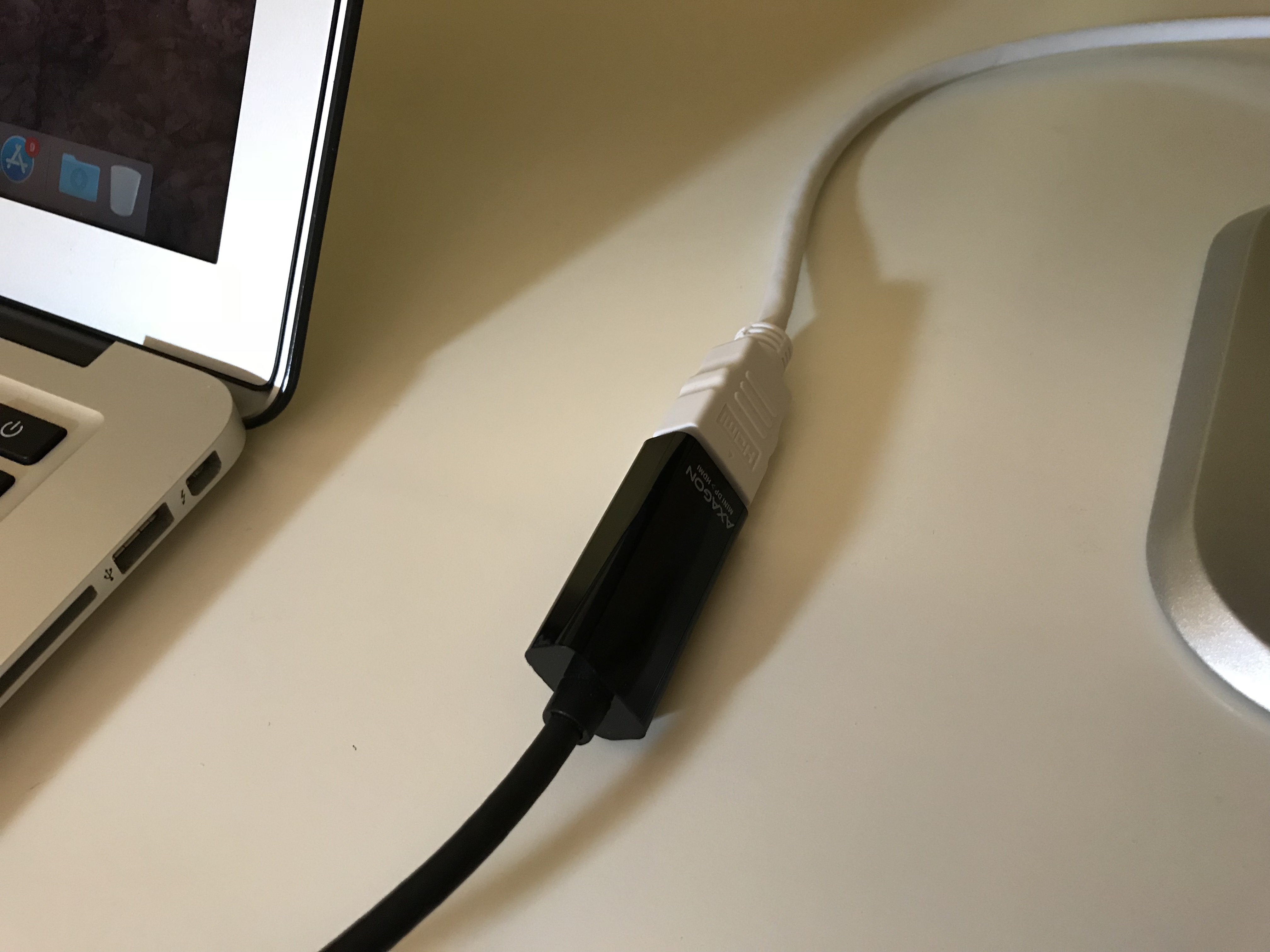
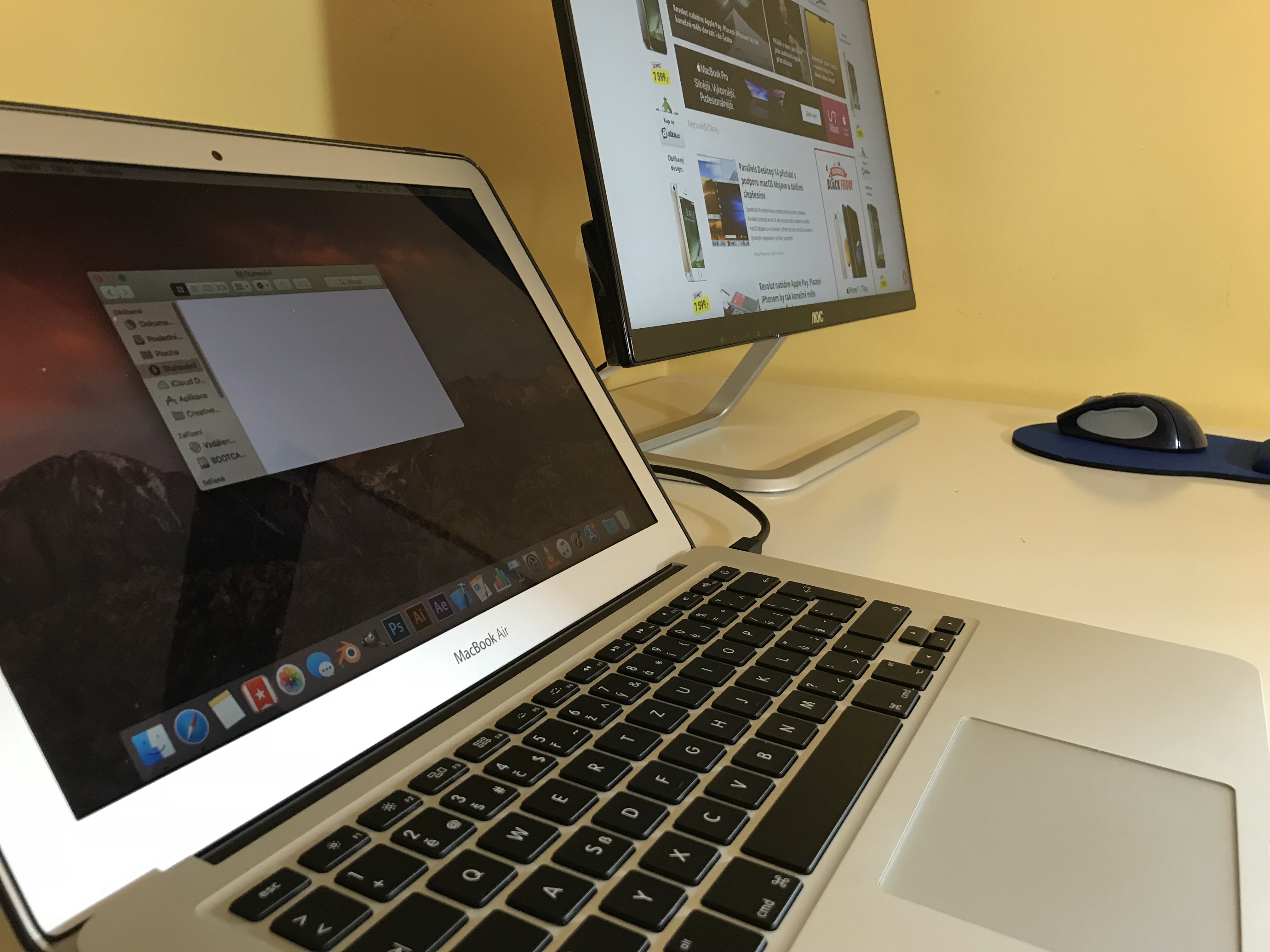

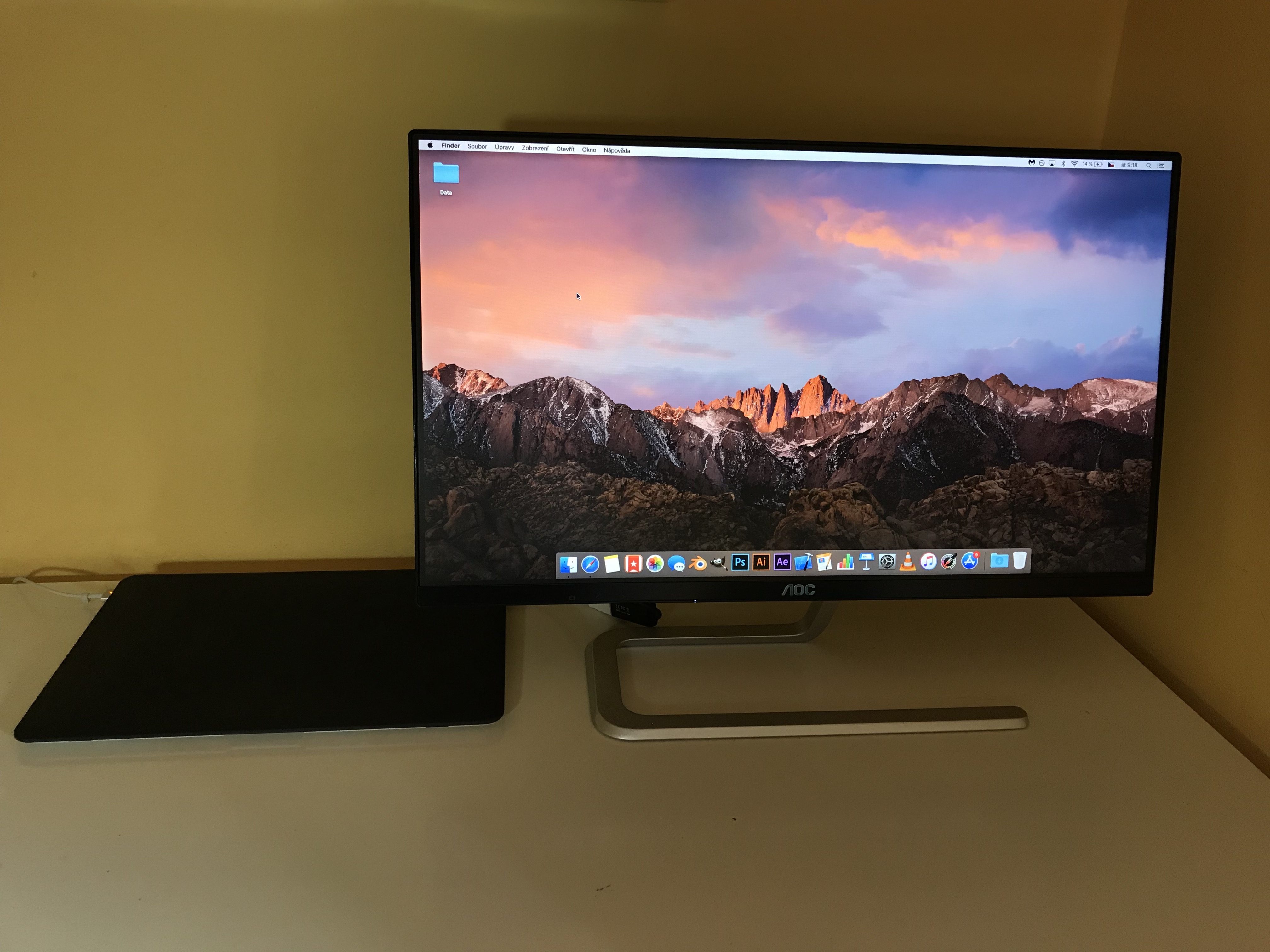
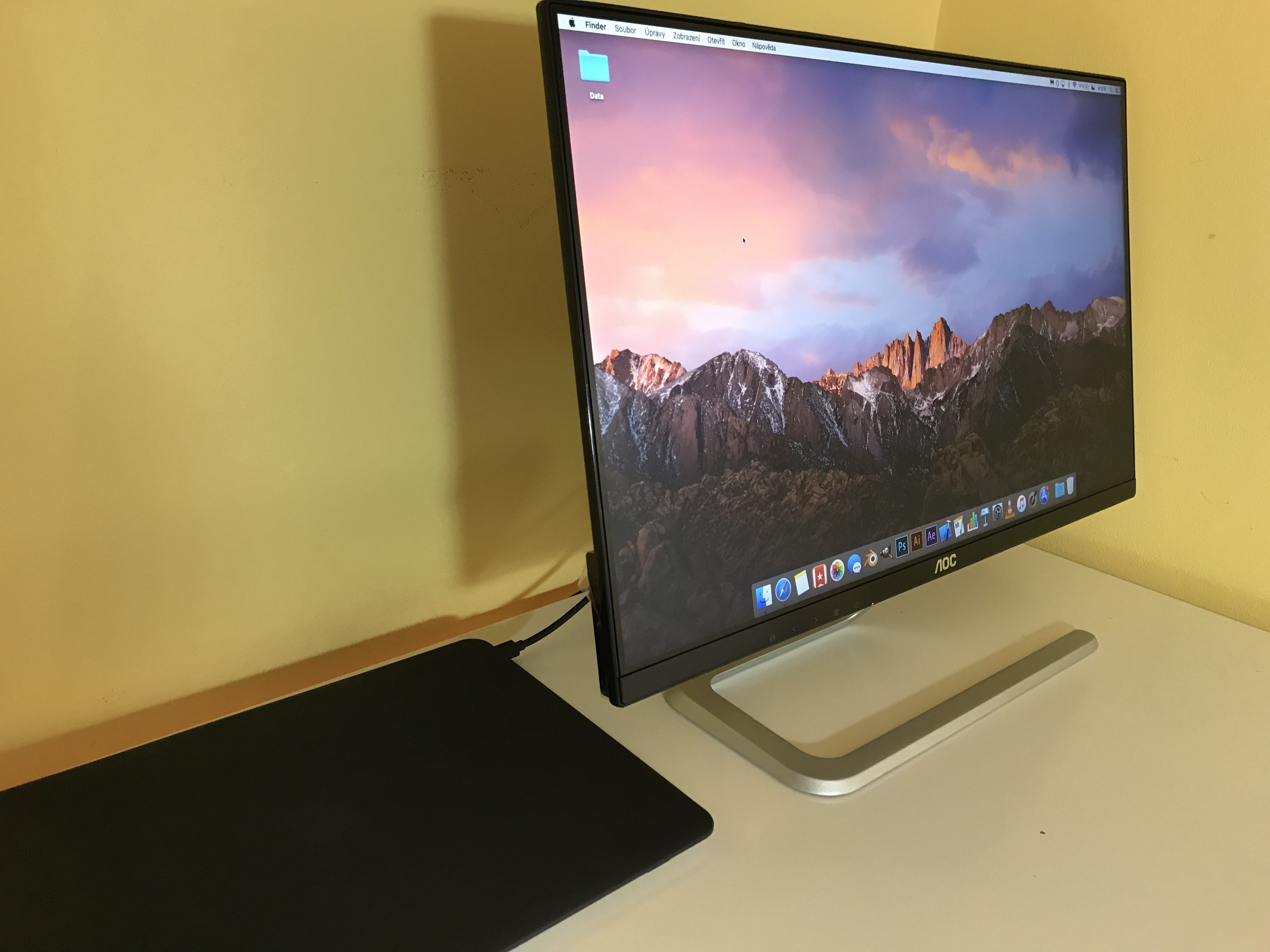
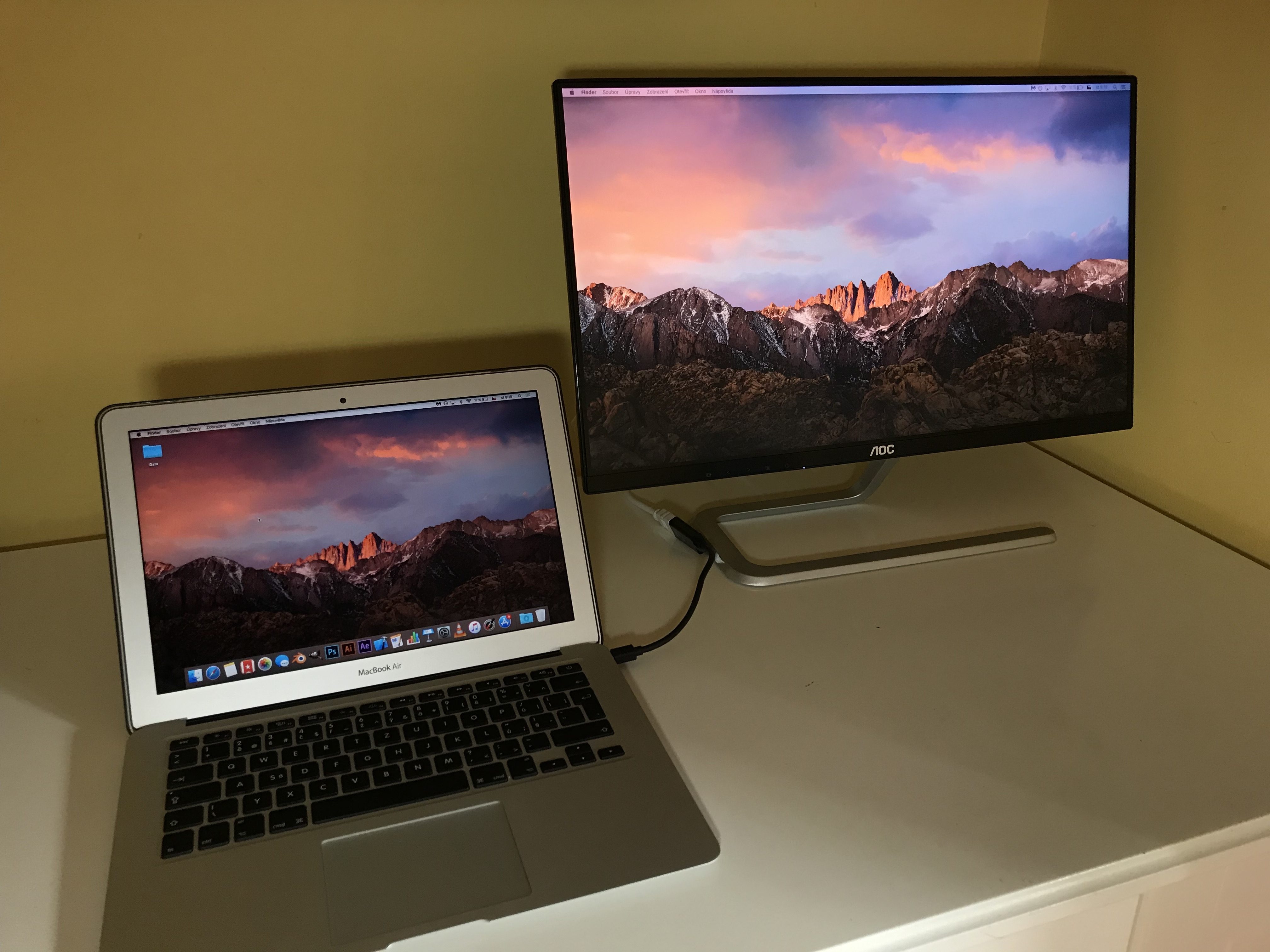
Only the full HD variant is cheap. It's worse with 4K monitors and even worse if it also has the mentioned usbc. There, the price is ten thousand more, which is already the price of a 4K television.
Anyway, I agree that working on a large monitor is much more comfortable than on some 13" MB.
The guys discovered warm water... They found that the big monitor works better. More similar articles please. We all like to learn.
Exactly. You can see what the editors do for a living. Write an article somewhere in a coffee shop, without worrying too much about the content or grammar. I use a 13 inch Air for this. I'm not talking about usefulness at all. With this lens, it's no wonder people don't understand the benefits of desktop computers. The world is not just about Facebook, and working on a computer is not just about typing text.
Now another article on how to cut 4K video on a Mac Pro much better than on a Mac Book.
One large display is probably the only reasonable option. Two displays only and only lead to problems with the cervical spine. Tried personally.
It is interesting that no one writes about the problems associated with connecting a MacBook to an external monitor. Of the five monitors I have at home and at work (LG, HP, DELL, twice EIZO), two were completely unusable - after connecting the MacBook, the image flickered and disappeared. I tried connecting through everything possible, setting everything possible and impossible, but I failed. The problem is well known on the Apple Support forums, where it has been written about for years. I usually use three monitors regularly (one DELL at home, two EIZO monitors at work), but even there are problems. The display is fine, as long as I don't set a higher resolution than 1920×1080, at 2560×1440 the image is strange (is it because of 30 Hz?), mouse movement jerks. It's a bit strange for a relatively new MacBook Pro with TouchBar from last year and enough files when you need to make graphics and you don't just drag the mouse around the screen out of boredom. It should also support 4K. Anyone have any experience with this?
I had to make this and it works perfectly, as one of the 60Hz mala dava:
https://www.easystore.cz/hyper-drive-usb-c-4k-60-hz-mini-hdmi-black.html
you are really retarded... unsubscribe... curaci Moravian "apple" I'm really sick of you... I hope you go bankrupt soon idiots...
what about the touch monitor connection? Does anyone have experience?